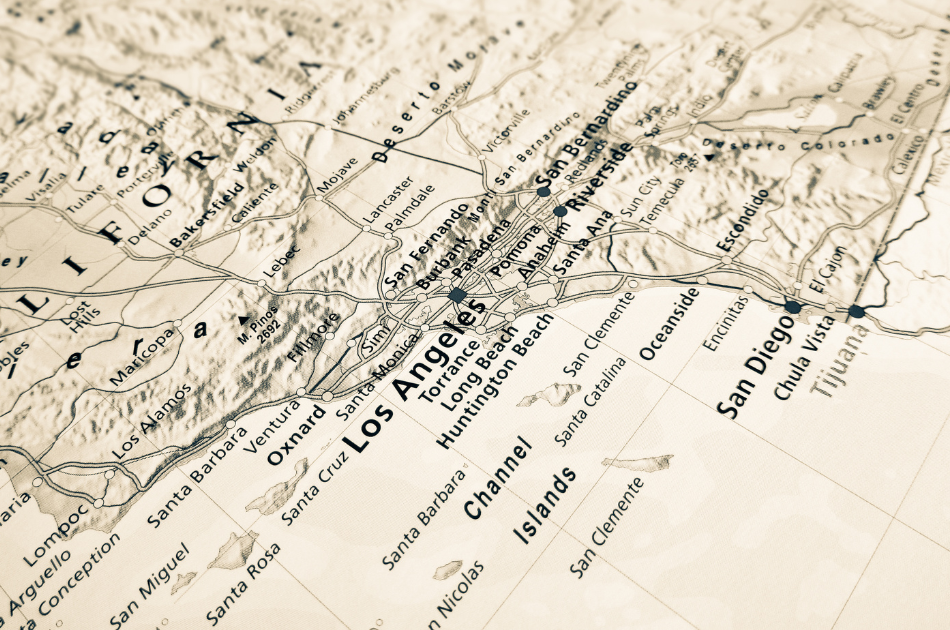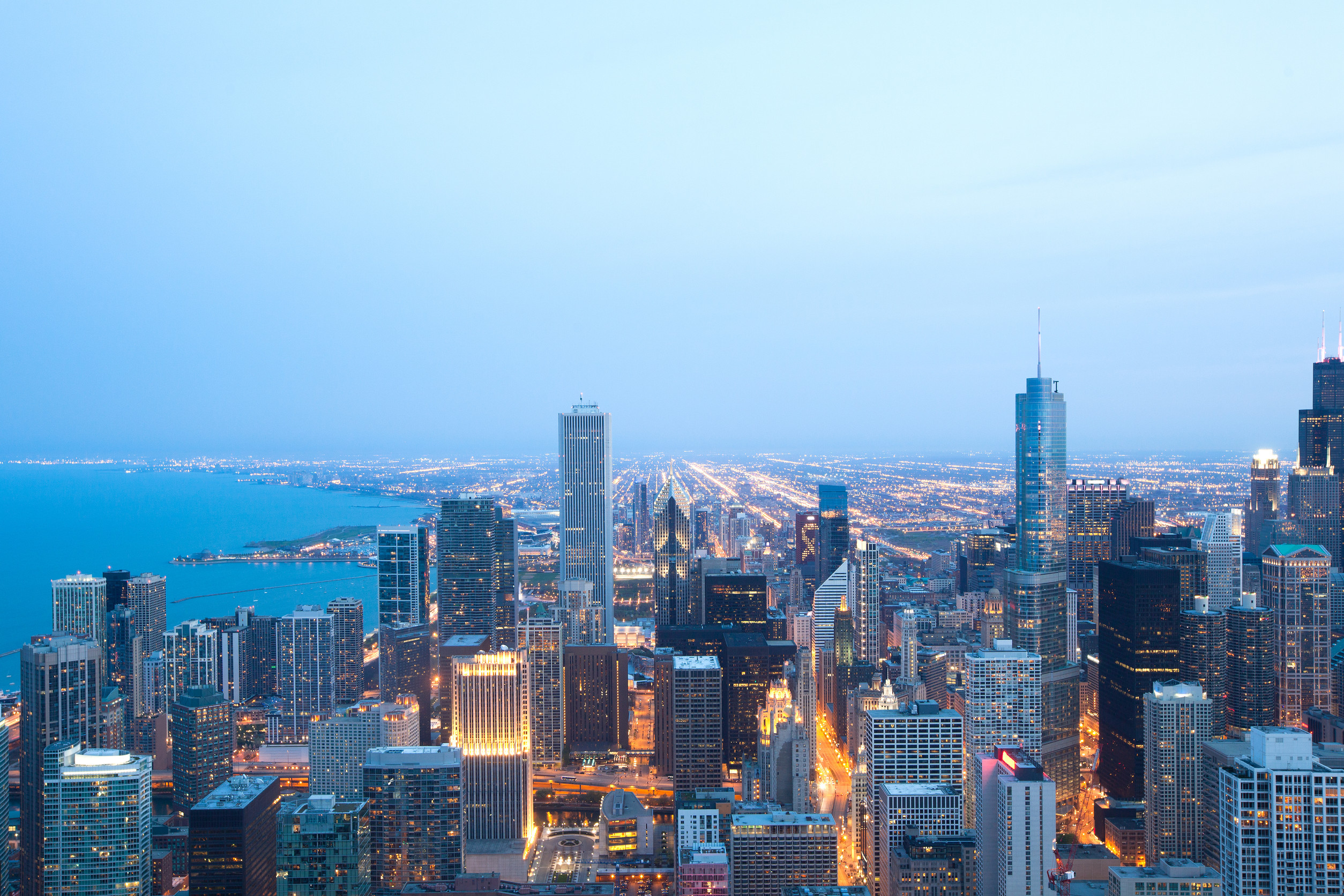By 2050, more than 70 percent of the world’s population is expected to live in cities. This means that we’ll need to significantly expand our urban landscapes to accommodate for the incoming wave of urban dwellers.
In an effort to inspire urban planners to design tomorrow’s cities in a sustainable, inclusive, and resilient way, Ikea’s Copenhagen-based innovation lab, Space10, has recently launched a new book called The Ideal City.
“We have an unprecedented opportunity to rethink the way we design our cities to create a better, safer, healthier, and a more inspiring everyday life for the people living there while boosting the local economy and also tackling the accelerating climate crisis head-on,” says Simon Caspersen, communications director at Space10.
To give readers a glimpse at the numerous possibilities for improving the way we build our cities, the book sets forth dozens of examples of urban innovation. For example, in an abandoned subway station in London, a heat pump captures extra heat from a nearby train line and pipes it into nearby homes. In another part of the city, a cohousing building for seniors is designed to stave off loneliness among elders.
In the city of Harbin, China, a recently built park is designed to collect excess stormwater. In Lavale, India, a school for girls from low-income families was built from materials reclaimed from demolished buildings to keep costs low. In Copenhagen, designers transformed an empty rooftop into a playground.
Of course, every city has its own needs so the designs are not intended to serve as a one-size-fits-all solution to urban challenges. According to Caspersen, the book’s actual aim is to resemble a cookbook that city planners and designers can use to browse through the world’s collective creativity.











